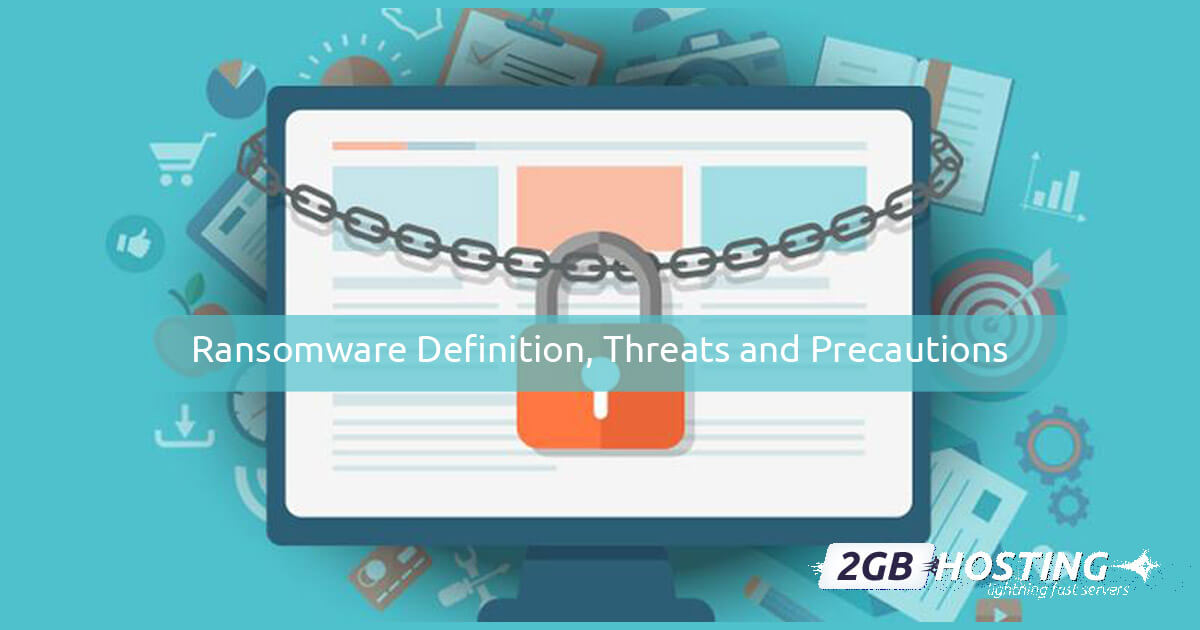
What is Ransomware?
According to a study, as many as 638 million ransom incidents took place during 2016. The figures become more intimidating when we consider the fact that just a year before there was only 3.8 million such incidents in 2015. That means just in one year the ransomware incidents increased by 634 million! The word astronomical leap perfectly fits here!
Ransomware is one of the latest and most preferred technologies used by the unscrupulous elements to make inroads to your site, freeze the data and demand huge amount for hiring their exclusive services to release your data. The decryption key lies with them and most of the businesses choose to pay the amount (ransom) even if the amount is astronomical.
With an ever increasing popularity of ransomware with malicious elements, the year 2017 should also reveal some surprising figures towards its end. So, it is only wise to have a detailed ransomware policy for your company.
SMBs could be the prime target
Basically, the people with malicious intentions would first encrypt your website data and then demand a huge amount as a ransom for providing the decryption key- without which your site remains freeze! Businesses that do not have a proper backup or streamlined backup policy do not have any other option than to bow to the unreasonable demands! Unfortunately, the total figure contains a large number of fast growing small businesses who are forced to pay through their noses to unfreeze their sites!
Ransom may not guarantee full system restoration
There are possibilities of your data being lost during such instances thus preventing you from full system restoration even after paying the entire ransom amount. So, money is not always able t buy complete peace of mind. If you are lucky, then a one-time payment would make the hackers happy but some hackers are greedier! They like to earn a recurring premium income on their efforts! Such hackers would copy your data so that they should conveniently trouble you whenever the need (or greed) arises.
Direct and Indirect effects of Ransomware
Apart from a huge sum of ransom money, you also bear the negative effect on your business during the time when your site remains frozen. Without any access to crucial systems management, you will not be able to operate your site! Depending upon various factors like the ransom demanded and resources available it can take anywhere between a week to even a month before your site is released. Till then you will be making huge losses every day. Not to mention the damage it will do to your reputation and reach
Effect of Ransomware on non-business entities
Apart from the businesses/organizations, the ransomware can also affect the end users in an unpleasant manner. The attack on healthcare services can result in loss of critical patient data that can be threatening to the latter. Similarly, by attacking an insurance website, the important data of many insurance buyers could be lost or damaged that can affect their benefits. Similarly, by attacking Government sites the sensitive public data can be compromised and used by the hackers in undesired ways.
Ransomware work in favor of your competitors
One main challenge may be other man’s opportunities. So you cannot blame your competitors when they would take the full benefit of this opportunity. They might even sullen your online reputations while at the same time intensifying their efforts to absorb your loyal clients. Hence, even if you are able to recover the entire data after paying money- you might find it difficult to regain the reputation or loyalty you enjoyed before being hacked.
Backup is important
One of the most trusted and simplest ways of minimizing the negative impact of ransomware is to back you your data. To start with you should have a clear and focused backup policy facilitating regular backups in an organized manner. It should have a clear policy on best measures to be taken during ransom incidents, restoring your data and ensuring security recoverability. In short during the instances of ransomware, you should exactly know the series of steps to be taken. It will help you to quicken the recovery process and of course, saving you from the huge ransom!
Best practices for backup
Quality and reliability matter the most here. Opt for high-quality backup software to ensure the proper backup of your data. Besides you can also opt for a separate cloud storage pool! In this, the cloud can be accessed only via backup sites that help in keeping your data exterior to the address space that is owned by your servers. That helps your data remain invisible (and thus invincible) to malware doing instances of system infection. Backing up data without freeing up your system can infect the backup data too. It is always good to have at least 2 copies of your backup data. To be on the safer side you can even opt for a third copy. Use separate locations to store each backup copy and check them on a periodical basis. Update them whenever necessary.


 Domain Registration
Domain Registration 
 Domain Transfer
Domain Transfer  Domain Price
Domain Price 
 Linux Hosting
Linux Hosting Windows Hosting
Windows Hosting
 Wordpress Hosting
Wordpress Hosting

 SSD Cloud VPS India
SSD Cloud VPS India 
 Email Hosting
Email Hosting
